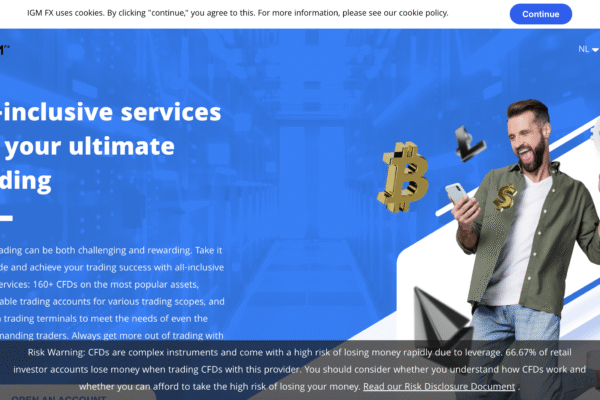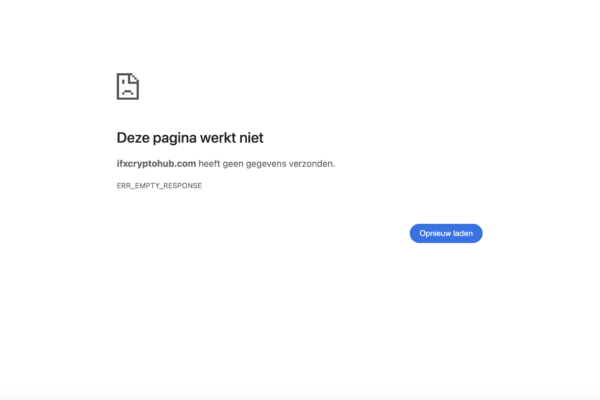Coinswiss.net Review – Exposing Truth Behind This Fake Platform
In today’s fast-paced cryptocurrency market, investors constantly seek platforms that promise secure and profitable trading opportunities. However, while some platforms genuinely offer valuable services, others are nothing more than elaborate scams. Coinswiss.net unfortunately belongs to the latter group. Although it presents itself as a legitimate crypto investment platform, closer investigation reveals it is a well-designed trap created to deceive unsuspecting investors.
This review explores in detail how Coinswiss.net operates, the tactics it uses to trick investors, and the clear warning signs that prove it is not trustworthy.
What Is Coinswiss.net?
At first glance, Coinswiss.net appears to be a professional and innovative cryptocurrency platform. It claims to offer advanced trading options, automated strategies, and expert financial advice to help users earn consistent profits. Moreover, its sleek website, fake testimonials, and polished marketing make it seem authentic.
However, once you look beyond the surface, the truth becomes clear. In reality, Coinswiss.net is a fraudulent platform. It exists solely to lure people into depositing money and then stealing their funds. The scammers behind it know exactly how to manipulate users’ trust and emotions.
How the Coinswiss.net Scam Operates
The scam follows a familiar yet dangerous pattern seen in many online frauds. Understanding how it works is essential to recognize the red flags before it’s too late.
1. The Attraction Phase
First, Coinswiss.net launches aggressive advertisements on social media and through email campaigns. These ads often include fake celebrity endorsements or fabricated success stories. They promise guaranteed returns and stress-free trading, which immediately grab the attention of people hoping to profit quickly from crypto investments.
2. The Registration Trap
Once potential victims click the ad, they are redirected to a sleek-looking website where they can register an account. The sign-up process is deliberately easy and requires little to no verification. As a result, users feel comfortable joining without much hesitation.
After registration, “investment advisors” or “account managers” quickly contact the new users via email or phone. They appear friendly, professional, and supportive — exactly what an investor expects from a legitimate platform.
3. Building False Trust with Fake Profits
Next, these so-called advisors encourage users to deposit a small amount to “test the system.” Soon after, the user’s account dashboard starts displaying fake profits. Consequently, investors begin to believe they are earning real money. This illusion motivates them to deposit even larger amounts.
4. The Pressure to Invest More
Gradually, the scammers increase their pressure. They claim that limited-time offers or special promotions could double the user’s profits. Sometimes, they even create a false sense of urgency by saying a “market opportunity” will disappear soon. Because of these manipulative tactics, many victims end up depositing even more funds.
5. The Withdrawal Deception
Eventually, when users attempt to withdraw their earnings, problems start. Withdrawals are delayed, denied, or blocked entirely. The scammers then demand additional payments — such as tax fees, transaction costs, or verification deposits — before releasing the funds. Unfortunately, even after paying, victims never receive any money.
6. The Final Disappearance
Finally, once the scammers realize the victim will no longer send more money, they cut off communication. Sometimes the website goes offline or users are locked out of their accounts. By then, the criminals have already moved on to new targets.
Clear Red Flags That Reveal the Scam
Although Coinswiss.net tries to appear legitimate, there are many obvious warning signs that expose its fraudulent nature.
1. No Regulatory Oversight
To begin with, Coinswiss.net is not registered or licensed by any recognized financial authority. Legitimate trading companies proudly display their licenses and regulatory information. Because Coinswiss.net hides these details, it operates illegally and without accountability.
2. Anonymous Ownership
Additionally, the website does not disclose who runs the company. There are no verifiable names, physical addresses, or contact numbers. Instead, users are given generic email addresses and live chat options that lead nowhere. A lack of transparency like this is a major red flag.
3. Unrealistic Profit Claims
Moreover, the platform promises guaranteed profits and zero risks — claims that are mathematically impossible. Every real crypto investment carries risk, and no genuine platform can promise consistent returns. Therefore, any website making such claims should be avoided.
4. Poor Website Content
Another indicator of fraud is the website’s content. It contains vague information, grammar errors, and poorly written sections that repeat the same claims without offering verifiable details. This is typical of hastily built scam websites.
5. Fake Testimonials and Reviews
Furthermore, the testimonials displayed on Coinswiss.net are entirely fabricated. The profile pictures are stock images, and the names are fake. Scammers use these fake success stories to manipulate new investors into believing others have profited.
6. Widespread Withdrawal Complaints
Finally, numerous victims have reported that they were unable to withdraw their funds. Some were even told to pay additional “release fees” or “taxes.” These tactics match the behavior of countless other crypto scams.
Victims’ Experiences and Reports
Most victims of Coinswiss.net share similar experiences. Initially, everything seems positive — quick communication, visible “profits,” and friendly advisors. However, things quickly change once they attempt to withdraw funds.
Many users report that support agents become unresponsive or aggressive when questioned. Others find that their accounts are suddenly suspended. Eventually, the website stops functioning entirely, confirming that it was never a legitimate investment platform.
Psychological Manipulation Tactics Used
The Coinswiss.net team uses powerful psychological tricks to manipulate investors’ decisions. These tactics are subtle but extremely effective.
-
Authority Illusion: They pretend to be experts, using technical jargon to sound credible.
-
Trust Building: They maintain friendly communication and provide fake updates to build comfort.
-
Fear of Missing Out (FOMO): They create urgency through false deadlines or limited offers.
-
Greed Exploitation: They appeal to investors’ desire for quick and easy profits.
By combining these techniques, scammers make victims ignore logic and take emotional decisions that lead to financial loss.
Why Coinswiss.net Is Extremely Dangerous
Coinswiss.net is not only a financial scam — it is also a data security risk. The platform asks users to provide personal information, including identification documents and banking details. Consequently, victims may also suffer from identity theft or further fraud attempts.
Additionally, since transactions are conducted using cryptocurrency, they are irreversible. Once the scammers receive funds, victims cannot recover them. This makes Coinswiss.net especially harmful and difficult to trace.
How to Protect Yourself from Scams Like Coinswiss.net
Thankfully, avoiding similar scams is possible if investors stay cautious and follow a few key safety steps:
-
Verify Regulation: Always confirm if the company is licensed by reputable authorities.
-
Do Independent Research: Search for external reviews and user feedback before investing.
-
Be Skeptical of Guaranteed Returns: No investment can promise profits without risk.
-
Confirm Contact Details: Check whether the company provides verifiable office addresses and phone numbers.
-
Take Your Time: Never make financial decisions under pressure. Scammers thrive on urgency.
Following these steps can save investors from devastating losses.
Final Verdict: Coinswiss.net Is a Scam
After thoroughly reviewing its operations, communication tactics, and numerous complaints, it is clear that Coinswiss.net is a complete scam. The platform uses lies, manipulation, and fake profits to deceive investors. The absence of regulation, transparency, and honest communication further proves its fraudulent intent.
Investors should stay away from Coinswiss.net and avoid any similar platforms that promise unrealistic profits. Real investment opportunities require patience, transparency, and risk management — not blind promises of guaranteed success.
Conclusion
In conclusion, Coinswiss.net is another example of how online scammers exploit people’s trust and ambition. It may look professional, but its promises are hollow and its motives are dishonest. The platform’s deceptive design, fake advisors, and fabricated testimonials all point to one goal: stealing money from innocent investors.
Therefore, always remember — if an investment sounds too good to be true, it probably is. By staying informed, vigilant, and skeptical, you can protect yourself and your finances from scams like Coinswiss.net.
Report. Coinswiss.net And Recover Your Funds
-
If you have lost money to coinswiss.net, it’s important to take action immediately. Report the scam to BRIDGERECLAIM.COM , a trusted platform that assists victims in recovering their stolen funds. The sooner you act, the better your chances of reclaiming your money and holding these fraudsters accountable.
Scam brokers like coinswiss.net continue to target unsuspecting investors. Stay informed, avoid unregulated platforms, and report scams to protect yourself and others from financial fraud.





